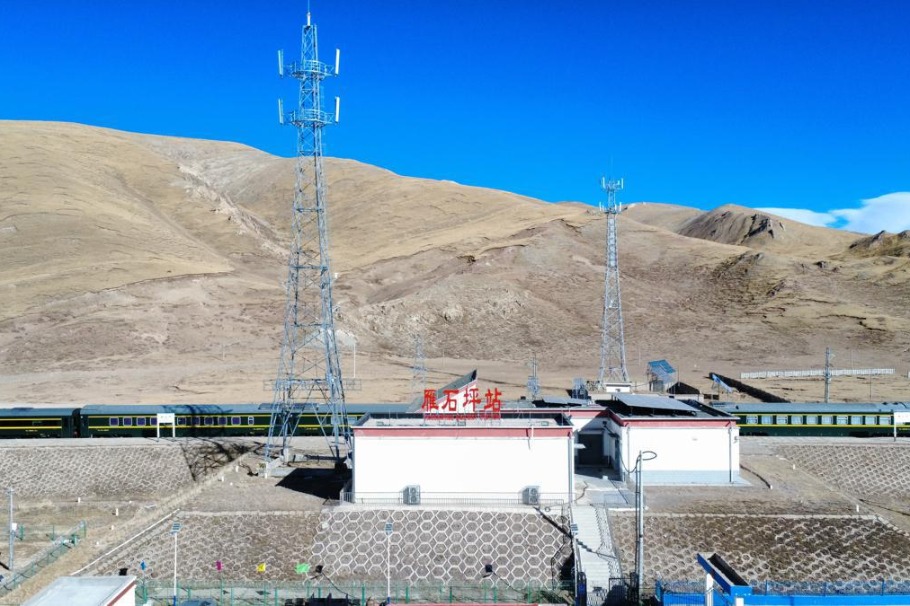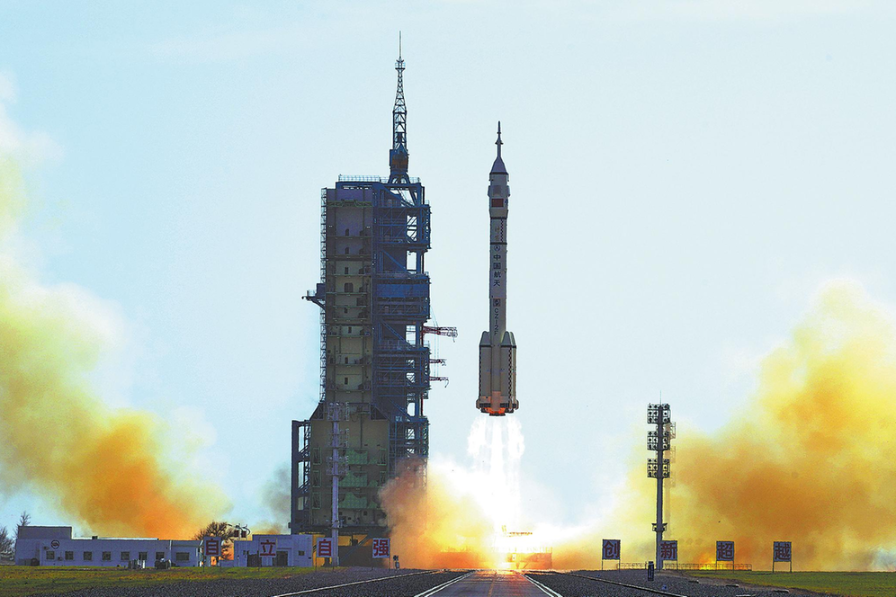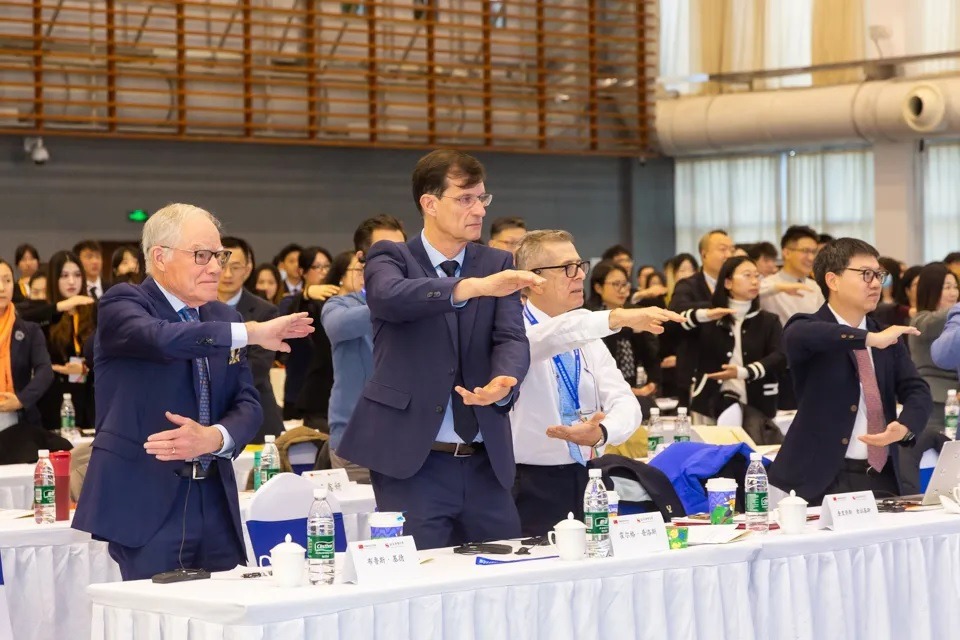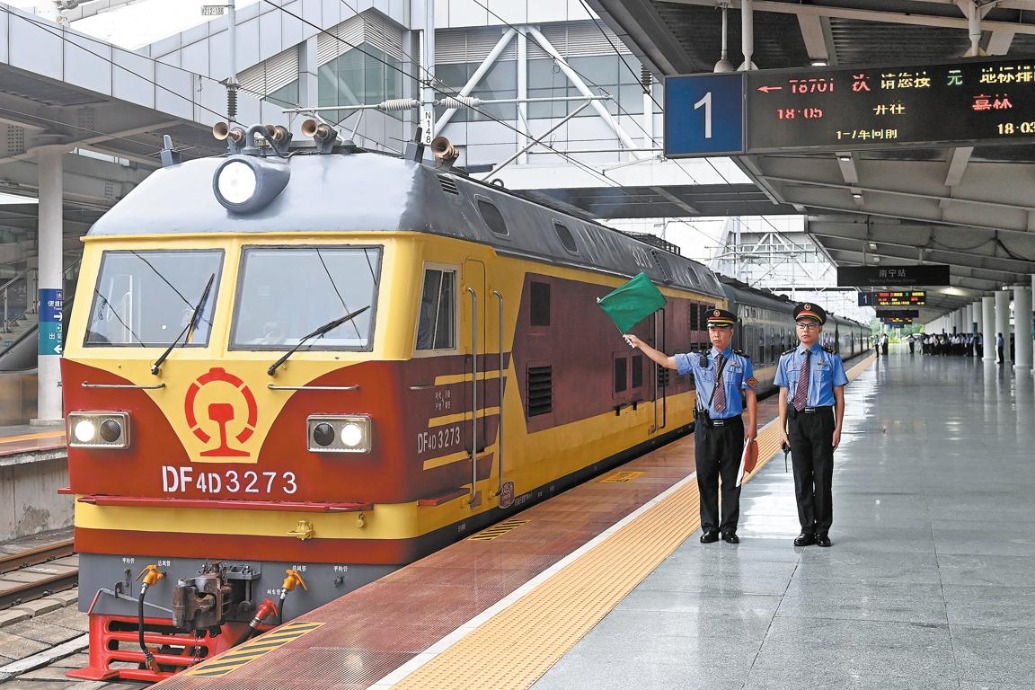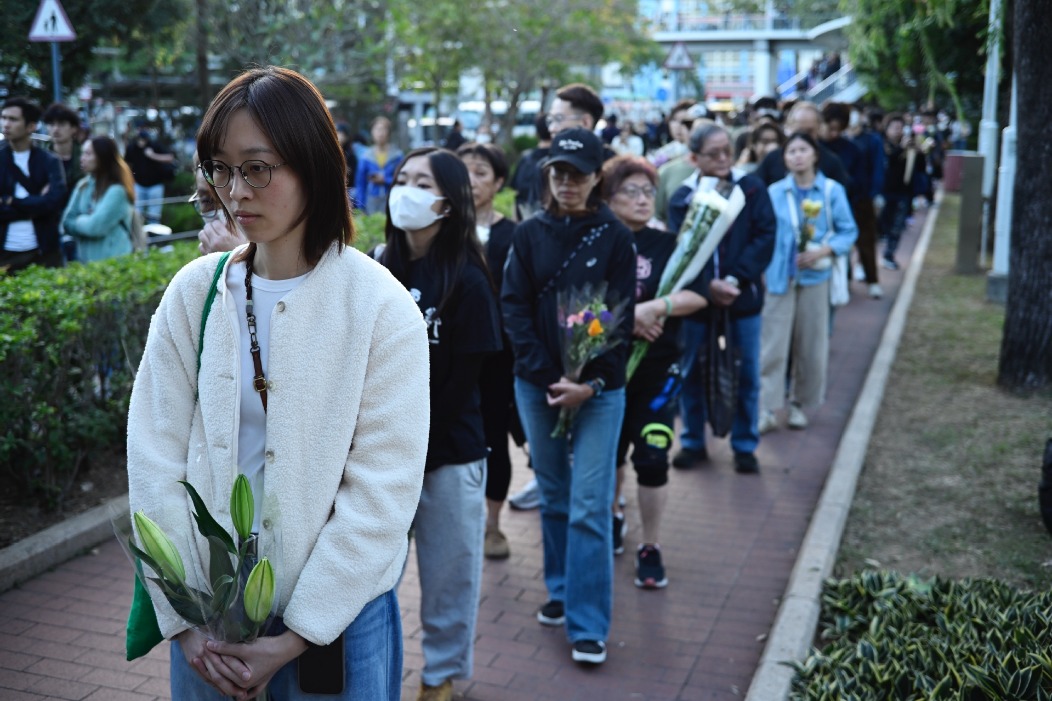New measures reinforce combat readiness of elite squadron

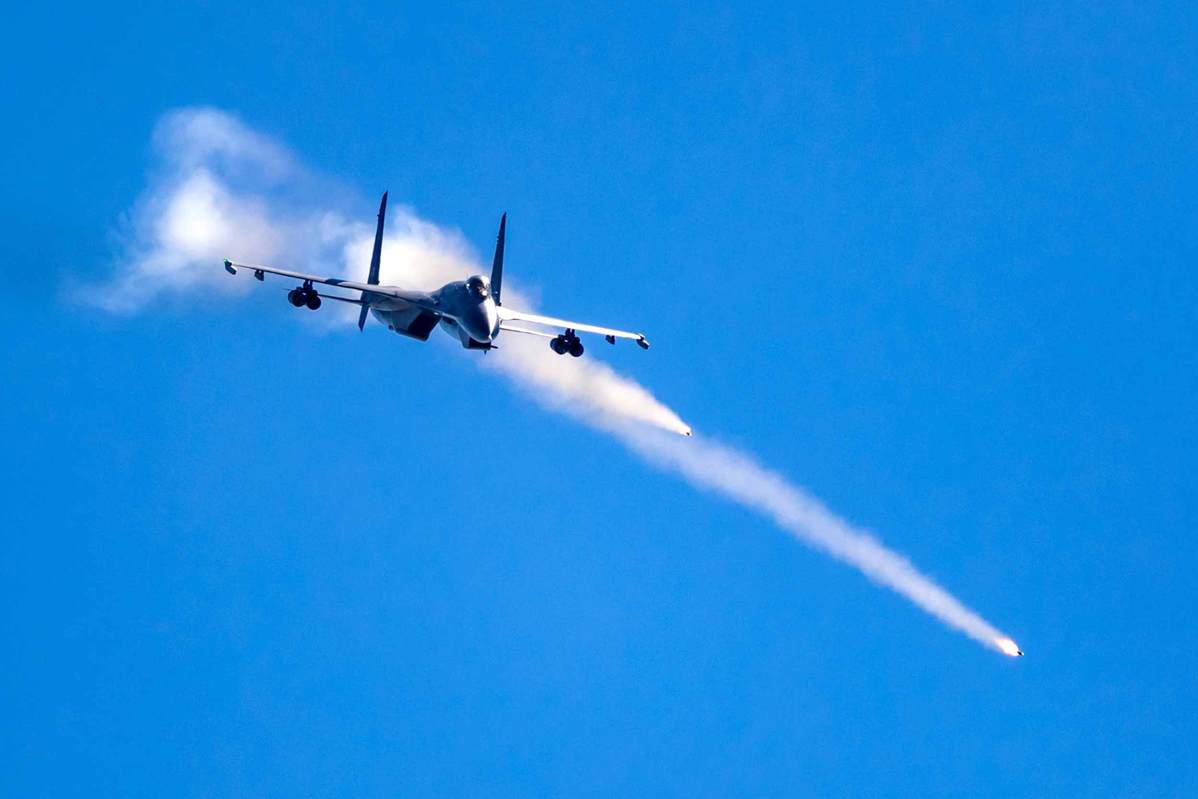
Greater intensity
In accordance with the revised guideline, the squadron's pilots now fly at lower altitudes to improve identification of enemy forces and to allow their planes to cover a greater area.
To complete tougher maneuvers and cope with the tremendous G-forces, many pilots wear compression belts under their antigravity suits to provide additional support.
"The rules became stricter after the training guidelines were changed. Pilots are required to perform more-difficult maneuvers at higher speeds while carrying larger loads. As a result, most have problems with their lumbar and cervical vertebrae," Wang said.
While the physical forces on the pilots have intensified, their planes also need to be capable of performing while carrying heavier burdens.
Xu Feng, political instructor at a maintenance team, has seen many changes in the once-routine work of keeping the fighter jets in perfect condition.
He said weapons-related maintenance has become more increasingly important and more complicated because combat training sessions now include the more frequent use of live ammunition.
"Before, basic maintenance squads such as aeroengine mechanics were the busiest members of our team, but now avionics systems technicians and ordnance experts bear greater responsibilities and have maximized their abilities," he said.
"In addition, more flying hours have squeezed the weekly maintenance time, while the increased intensity of the practice drills-resulting in higher speeds and complicated routes-means the planes have to be refueled more frequently."
- Yanshiping, Xizang's highest railway station, begins service
- Beijing reports childcare, elderly support progress during 14th Five-Year Plan period
- Video offers new evidence of Japan's germ-warfare crimes in China
- China launches new internet satellite group
- China's grain output tops 714 million tons in 2025
- Chinese hydrogen-powered drone sets longest distance flight record
















